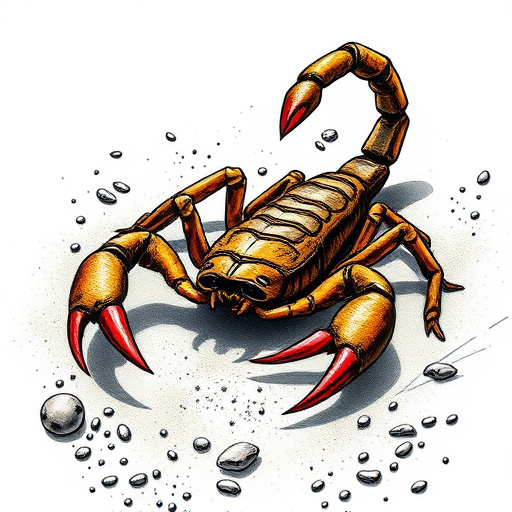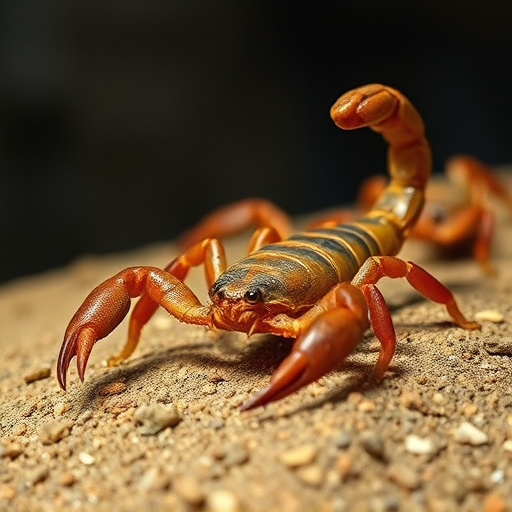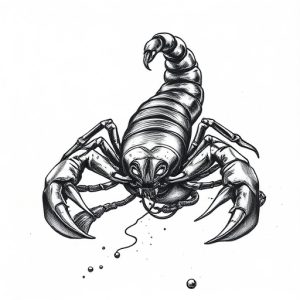In Tucson, scorpions exhibit distinct seasonal activity patterns, being most active during cooler spring and fall temperatures. Peak activity involves hunting for food and mates along paths. Summer heat reduces movement, while winter cold drives scorpions to seek shelter. These patterns, influenced by temperature, humidity, and prey availability, guide effective scarabion control Tucson strategies. Residents can mitigate issues through preventive measures like sealing entry points, but persistent problems may require professional scorpion control Tucson assistance.
Uncover the fascinating seasonal activities of Tucson scorpions, as we explore their behavior and habitat secrets. This comprehensive guide delves into the optimal times for these arachnids’ heightened activity, tied closely to environmental cues. We uncover how temperature, humidity, and rainfall shape their movements, providing insights into common areas where they flourish—from urban yards to specific microclimates.
Additionally, learn effective scorpion control strategies tailored for Tucson residents, covering preventative measures, safe removal techniques, and professional services to ensure a scorpion-free environment.
- Seasonal Behavior of Tucson Scorpions
- – When are scorpions most active?
- – How do environmental factors influence their activity?
Seasonal Behavior of Tucson Scorpions

In Tucson, scorpions are a common sight, and their seasonal activity patterns can provide valuable insights for those seeking scorpion control Tucson services. These arachnids are primarily nocturnal creatures, meaning they’re most active during the cooler evenings and nights. During the spring and fall, when temperatures are moderate, scorpion activity peaks. In these seasons, you’ll often see them scurrying across paths, searching for food and mates. The warm summer months, however, see a decrease in their movement as they seek refuge from the intense heat.
The winter season is a period of reduced activity, with scorpions typically seeking shelter in cracks, crevices, and under debris to escape freezing temperatures. This behavior makes winter an ideal time for scorpion control measures, as many species are less mobile and more vulnerable during this period. Understanding these seasonal patterns can help residents and professionals alike develop effective strategies for managing scorpion populations in Tucson’s unique ecosystem.
– When are scorpions most active?

In terms of activity, scorpions in Tucson generally peak during the cooler months, specifically from late spring to early fall. This period aligns with temperatures that are neither too hot nor too cold, making it optimal for their movement and hunting behavior. During these months, you’re likely to observe an increase in scorpion sightings as they become more active, searching for food and mates.
For those concerned about scorpion control Tucson, understanding these patterns can be helpful. Knowing when scorpions are most active allows residents to take preventive measures. This might include sealing entry points, maintaining a clean yard, and considering professional assistance if the issue persists, ensuring a safer environment for both locals and their pest control needs.
– How do environmental factors influence their activity?

Environmental factors play a significant role in shaping the seasonal activity patterns of Tucson scorpions. Temperature, humidity, and available prey are key drivers. During the warmer months, scorpions become more active as higher temperatures stimulate their metabolism. This increased metabolic rate drives them to forage for food more frequently, making scorpion control in Tucson particularly important during this period. Conversely, extreme cold can immobilize scorpions, causing them to seek shelter and reduce their activity levels.
Humidity is another critical factor. Scorpions require adequate moisture to survive, so periods of low humidity often lead to concentrated gatherings around water sources. This behavior makes it easier for pest control professionals in Tucson to locate and treat scorpion infestations. Additionally, the availability of prey influences scorpion activity; when insect populations are abundant, scorpions actively hunt, leading to more encounters with humans and pets, which prompts interest in effective scorpion control methods.
Understanding the seasonal activity patterns of Tucson scorpions is crucial for both residents and professionals in the field of scorpion control Tucson. By recognizing when these arachnids are most active, we can better prepare our homes and environments to minimize interactions. Environmental factors play a significant role in their behavior, so being aware of these influences allows us to implement effective prevention strategies. Armed with this knowledge, folks can navigate the season with peace of mind, ensuring a safer and more comfortable living space for all.
